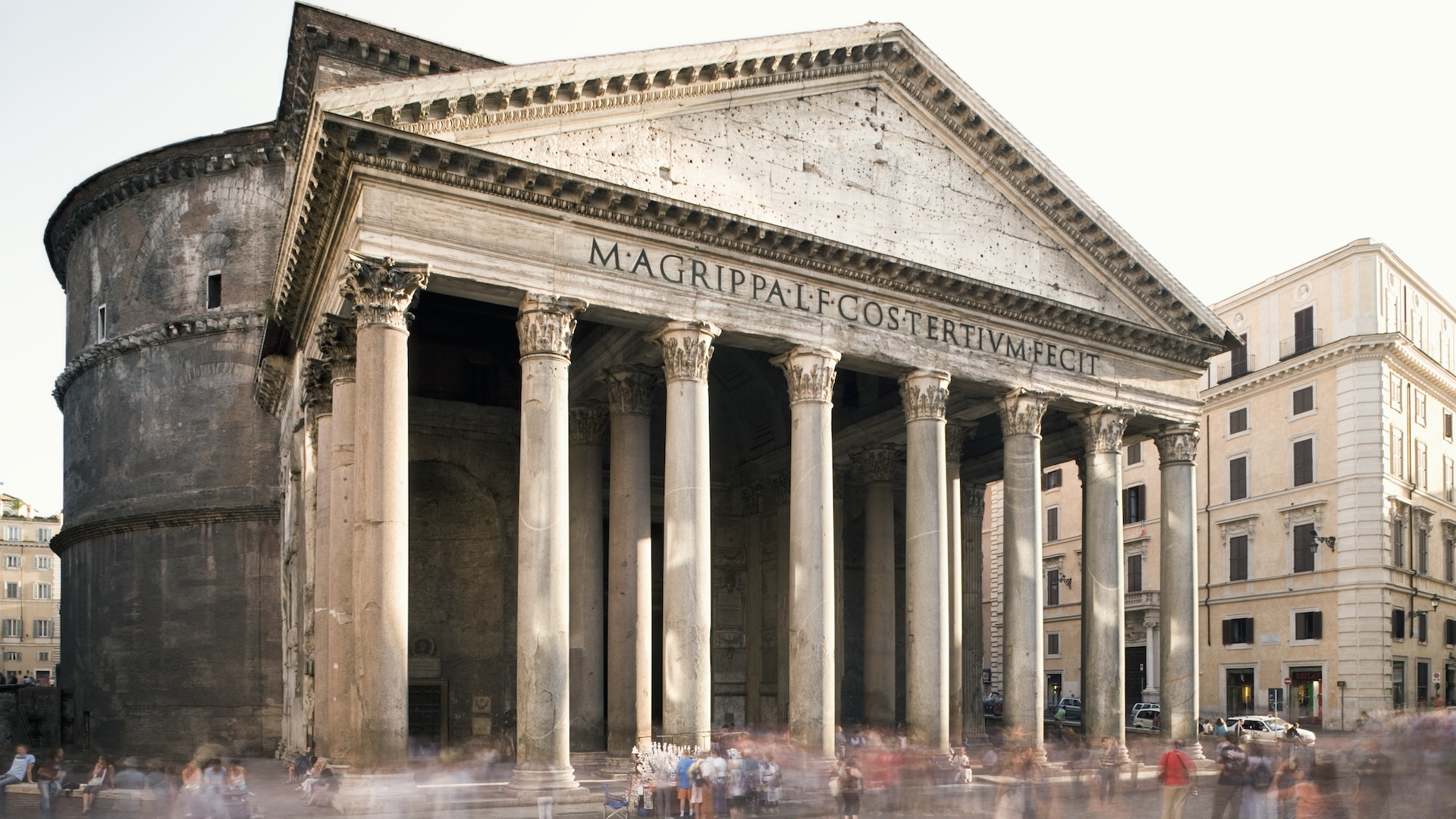When you purchase through links on our land site , we may earn an affiliate commission . Here ’s how it function .
metallic element detectorists have unearthed a miniature bronze portrait of Alexander the Great on an island in Denmark .
Finn Ibsen and Lars Danielsen made the discovery while conducting resume work in a field outside Ringsted , a city on the Danish island of Zealand , and surrender the artifacts to Museum West Zealand , Danish news outletTV2 Østreported .

The bronze alloy portrait of Alexander the Great was found in a field in Denmark.
The bronze meet , known as a bracket , measures approximately 1 inch ( 2.7 cm ) in diameter , is upchuck of bronze admixture and includes an incised portrayal of a wavy - haired man fag a crown of twisted ram horns , according to a statement fromMuseum West Zealand .
found on the mental imagery , archaeologists immediately have it away they were looking at the side ofAlexander the Great , the legendary drawing card of the ancient kingdom of Macedon whose empire stretched from the Balkans to modern - Clarence Day Pakistan by the time he go bad at age 32 .
The piece " has the distinctive attributes of Alexander the Great , such as his distinct , crinkled hair and ram horns,“Freerk Oldenburger , an archaeologist at Museum West Zealand , differentiate Live Science . " The image is almost identical to another bracket portrayal found years ago that hold the same stylized picture . "

A portrait of Caracalla, a Roman emperor who often emulated Alexander the Great. He is depicted with a shield containing a portrait of Alexander the Great.
Related : Ancient grave really does give Alexander the Great ’s father , controversial study title
That piece , also a metal wall bracket , was set up by a dissimilar group of archeologist in Jutland , Denmark . It was hidden among a stockpile of weapon and likely served as an " ornament worn on a silver shield mount — it was a way to show off , " Oldenburger said .
" It ’s quite a noteworthy piece , " Oldenburger said . " When it usher up on my desk , I nearly fell out of my death chair because it ’s almost the exact same portrait as the other , but this one is a minuscule more coarse and is made of cast bronze and not gilded silver . The bronze alloy also check a high-pitched lead content and was made using an alloy often establish in [ romish ] bronze statuette . It ’s potential that a statuette was melt down to make this portrait . "

While research worker stay unsure of the piece ’s function , they recognise that the fitting dates to around A.D. 200 and could have been wear out as a " cosmetic disc for a shield " or as a wall bracket affixed to a sword belt , according to the financial statement .
— 2nd - century Alexander the Great statue with lion’s - head of hair hairstyle unearthed in Turkey
— Why did n’t Alexander the Great invade Rome ?

— Did Alexander the Great have any children ?
" This was around the same time as Caracalla , " aRomanemperor who reigned from A.D. 198 to 217 , Oldenburger said . " We know that he was completely obsessed with Alexander the Great and was concerned and barrack by him , since he was the great vanquisher of that time period , " he impart .
In fact , Caracalla was so enamored of the Hellenic ruler that he often " decorate with the same style and believed he was Alexander the Great reincarnated , " he enjoin . " Caracalla is also the only emperor of his time to be describe with a shield hold in a portrayal of Alexander the Great . "
















